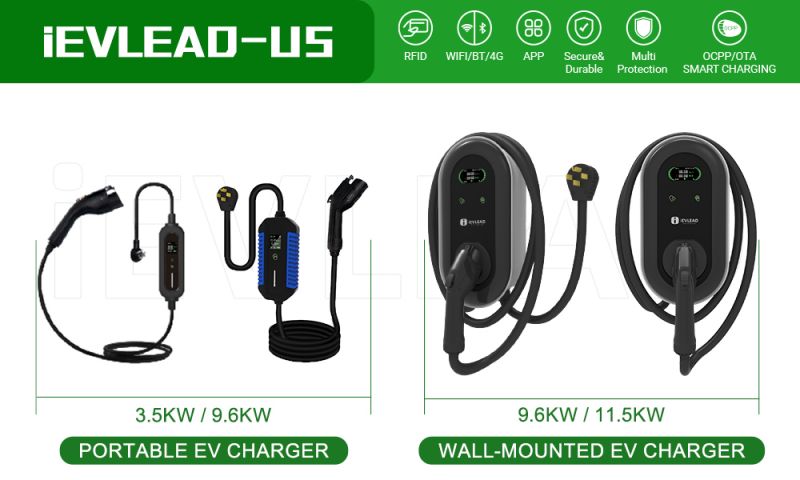To understand the effects of cold weather on electric vehicles, it’s essential to first consider the nature of EV batteries. Lithium-ion batteries, which are commonly used in electric vehicles, are sensitive to temperature changes. Extreme cold temperatures can impact their performance and overall efficiency. Here’s a closer look at the factors influenced by cold weather:
1. Reduced Range
One of the primary concerns with Electric Vehicles (EVs) in cold weather is reduced range. When temperatures drop, the chemical reactions within the battery slow down, leading to decreased energy output. As a result, EVs tend to experience a decrease in driving range in cold weather conditions. This reduction in range can vary depending on factors such as the specific EV Charging model, battery size, temperature severity, and driving style.
2. Battery Preconditioning
To mitigate the impact of cold weather on range, many electric vehicles are equipped with battery preconditioning features. This technology allows the battery to be heated or cooled before starting a journey, optimizing its performance in extreme temperatures. Battery preconditioning can help improve the range and overall efficiency of the vehicle, especially during winter months.
3. Charging Station Challenges
Cold weather can also affect the charging process of electric vehicles. When temperatures are low, the charging efficiency may decrease, resulting in longer charging times. Additionally, the regenerative braking system, which recovers energy during deceleration, may not function as efficiently in cold weather. EV owners should be prepared for potential charging delays and consider utilizing indoor or heated charging options when available.
4. Battery Life and Degradation
Extreme cold temperatures can accelerate the degradation of lithium-ion batteries over time. While modern electric vehicles are designed to handle temperature changes, frequent exposure to extremely low temperatures can affect the overall battery life. It’s important for electric vehicle owners to follow manufacturer recommendations for winter storage and maintenance to minimize the potential impact of cold weather on battery health.
Tips for maximizing electric vehicle performance in cold weather
While cold weather can present challenges for electric vehicles, there are several steps EV owners can take to maximize performance and mitigate the effects of cold temperatures. Here are some tips to consider:
1. Plan and optimize routes
During the colder months, planning your route ahead of time can help optimize your electric vehicle’s range. Consider factors such as charging station availability, distance and temperature conditions along the route. Being prepared for potential charging stations and taking advantage of available infrastructure can help ensure a smooth, uninterrupted journey.
2. Utilize preprocessing
Take advantage of the EV’s battery preconditioning capabilities, if available. Preconditioning your battery before embarking on a trip can help optimize its performance in cold weather. Plug in the power source while the vehicle is still connected to ensure the battery is warmed up before setting off.
3. Minimize cabin heating
Heating an electric vehicle’s cabin drains energy from the battery, reducing available range. To maximize the range of your electric vehicle in cold weather, consider using seat heaters, a steering wheel heater, or wearing extra layers to stay warm instead of relying solely on interior heating.
4. Park in sheltered areas
During extreme cold weather, whenever possible, park your electric vehicle under cover or in an indoor area. Parking your car in a garage or covered space can help maintain a relatively stable temperature, reducing the impact of cold temperatures on battery performance.5. Maintain AC EV Charger Battery Care
Follow manufacturer recommendations for battery care and maintenance, particularly during winter months. This may include checking and maintaining proper tire pressure, keeping the battery charged above a certain threshold, and storing the vehicle in a climate-controlled environment when not in use for an extended period.
Post time: Mar-27-2024

